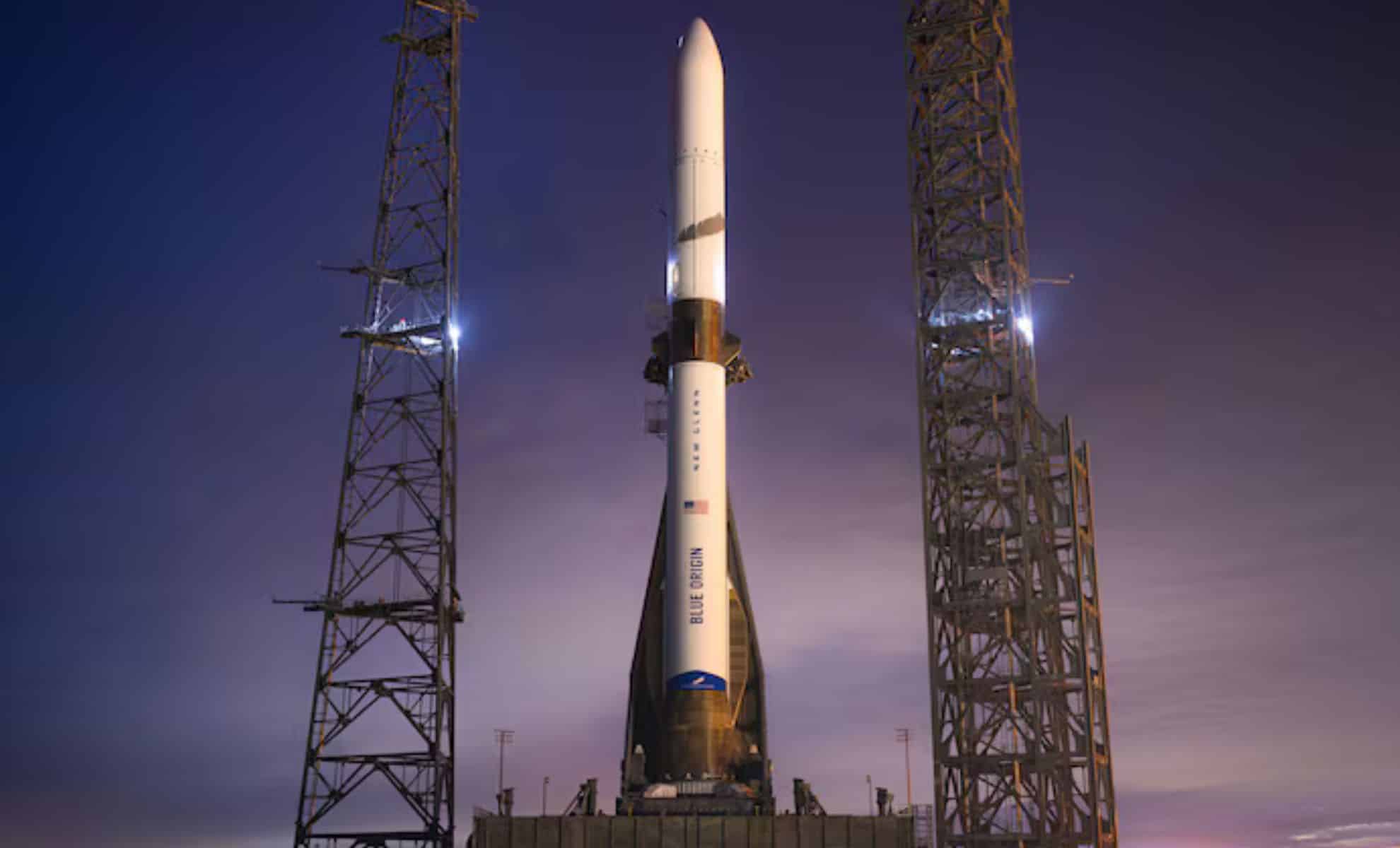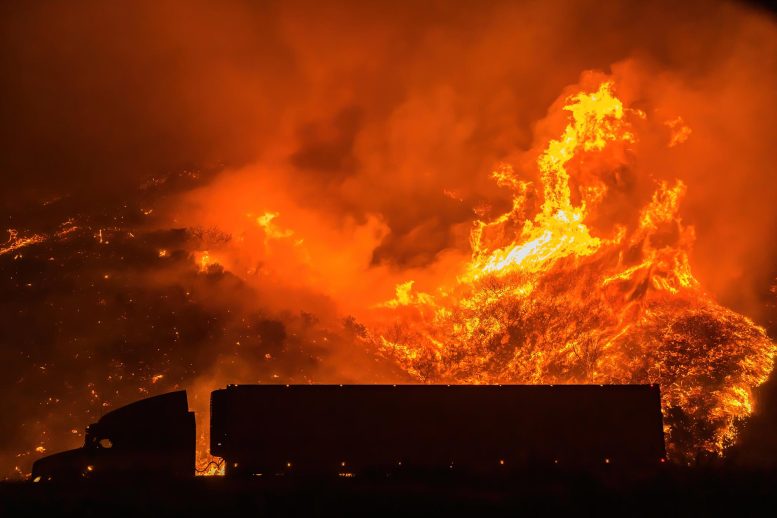Researchers have developed a new way to identify gases at very low concentrations in just seconds. The technique could allow for highly sensitive, real-time sensors for applications in environmental monitoring and medical breath analysis.
The approach, called coherently controlled quartz-enhanced photoacoustic spectroscopy, can capture a complete methane spectrum in just 3 seconds where existing methods typically take about 30 minutes.
“Most gases are present in small amounts, so detecting gases at low concentrations is important in a wide variety of industries and applications,” says Simon Angstenberger of the University of Stuttgart, Germany, first author of a paper describing the technique in the journal Optica.
“Unlike other trace gas detection methods that rely on photoacoustics, ours is not limited to specific gases and does not require prior knowledge of the gas that might be present.”
Spectroscopy identifies chemicals by analysing the unique way they absorb light. Photoacoustic spectroscopy relies on the photoacoustic effect, where materials absorb light and then release it as sound waves.
Pulses of laser light travel through a sample of gas, causing it to heat and expand. This generates a pressure wave that moves the prongs of a quartz tuning fork. The vibrations in the fork generate a piezoelectric voltage, which can then be measured.
“While the high-quality factor of the tuning fork, which makes it ring for a long time, allows us to detect low concentrations through what scientists call resonant enhancement, it limits acquisition speed,” says Angstenberger.
“This is because when we change wavelengths to obtain the fingerprint of the molecule, the fork is still moving. To measure the next feature, we must somehow stop the movement.”
The team solved this problem by shifting the timing of the laser pulses so that they arrive at the gas between the fork when the prongs are moving inwards. As the gas heats and expands it acts against the movement of the prongs, dampening its oscillation.
After a few flashes of laser light – over a few hundred microseconds – the fork stops vibrating and the next measurement can be performed.
“Unlike traditional setups limited to specific gases or single absorption peaks, we can achieve real-time monitoring with a broad laser tuning range of 1.3 to 18µm, making it capable of detecting virtually any trace gas,” says Angstenberger.
The technology could be used for climate monitoring by detecting greenhouse gases like methane.
“It also has potential applications in early cancer detection through breath analysis and in chemical production plants for detecting toxic or flammable gas leaks and for process control,” Angstenberger says.










Leave a Comment